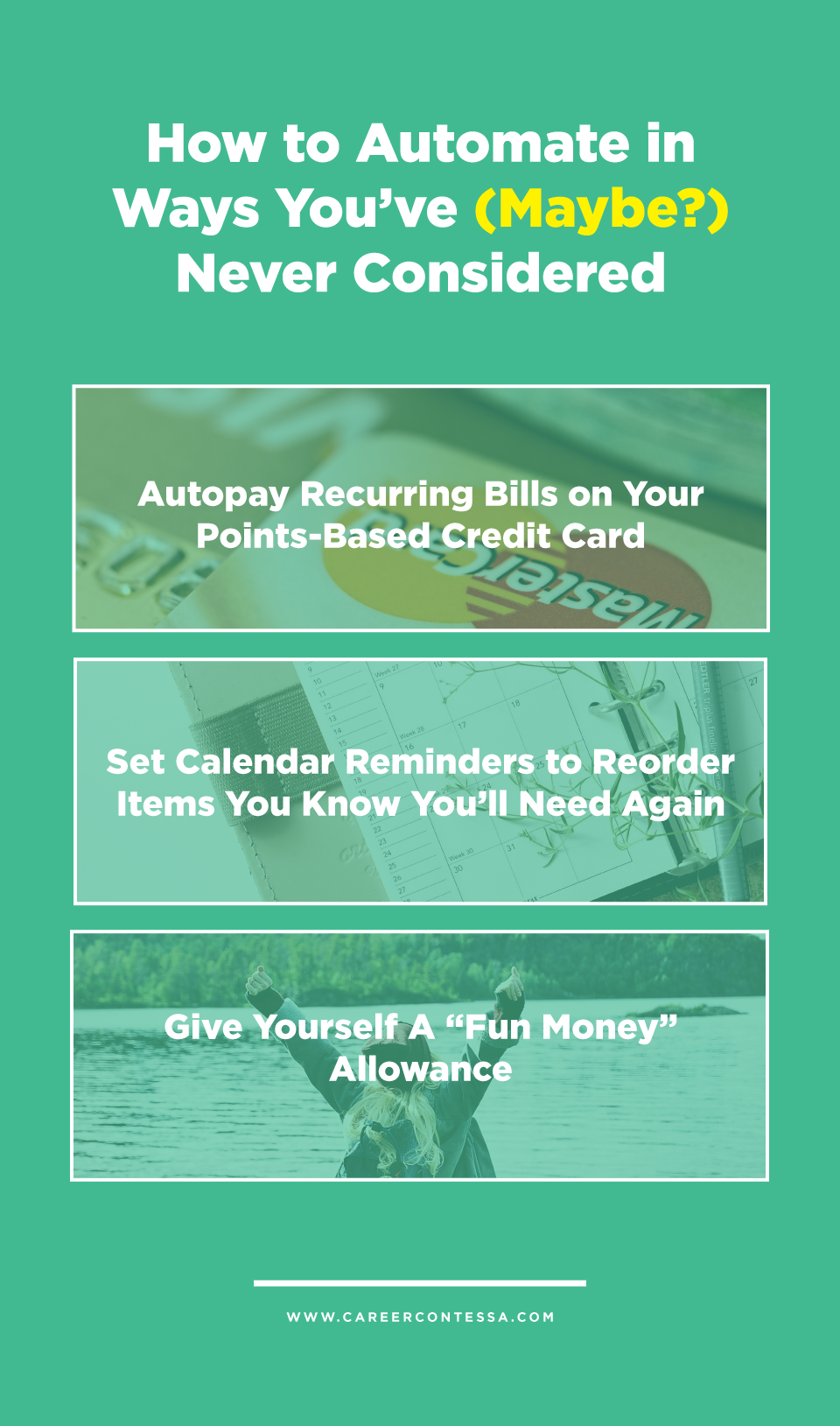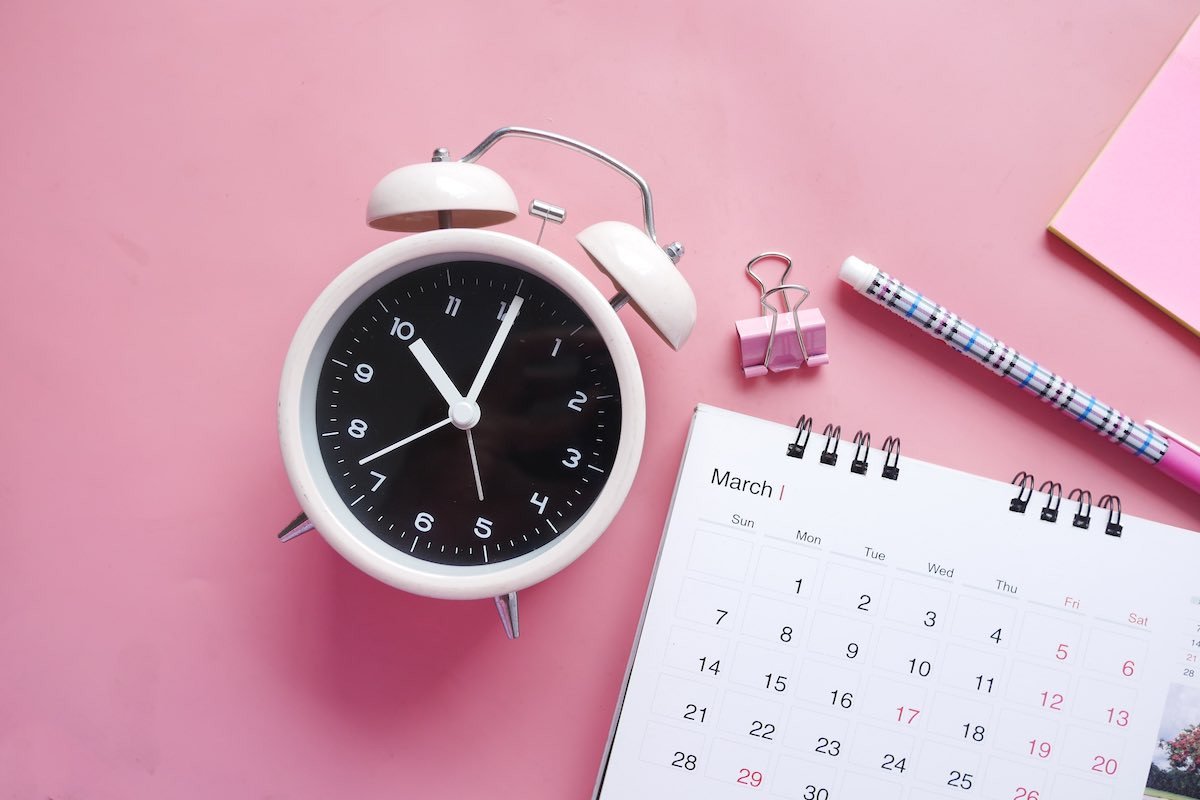This post is sponsored by Thrive Market, an online platform that can save you up to 50% on your favorite organic groceries.
There's a pretty big chasm between wanting to have an emergency fund and actually building one.
You know how it goes. You plan on transferring money to a savings account and then, without fail, something comes up. A car repair. Some unexpected dental work. And then there’s that moment during rent week when you realize you don’t have enough money in your checking and transfer any you have saved right back again.
We have a little secret for you—a secret that has helped us save a nice emergency fund. It's called "paying yourself first." Let's dive in.
The Magic Word: Autopay
We got this advice straight from
The Fiscal Femme’s 30-Day Money Cleanse. One of our biggest takeaways was Ashley Feinstein Gerstley’s sage advice that everyone should make saving automatic.
Think of it this way: when you have to pay something (such as your electricity bill), you find a way to do it. Right? So as soon as your paycheck gets deposited in your account, why not automatically pay yourself first? You know, before you have time to spend the money that’s there.
Our favorite method is setting up monthly transfers that coincide with paychecks. That way, when the paycheck hits your checking account, a portion "auto-magically" gets sent off to live (and grow!) in a savings account.
And so, autopay is your best friend. But it’s not just for your savings account—automating your spending works in all other sorts of magical ways as well.
How to Automate in Ways You’ve (Maybe?) Never Considered
Autopay Recurring Bills on Your Points-Based Credit Card
When you're working on your
budget, you'll always find things you can cut out. Ahem, repeated dinners out when you have a fridge full of food at home. However, there are monthly bills that come around—you guessed it—every month. Put those repeat expenses on a card where you earn miles or points. Use those miles to visit your mom. She will be
so proud of you.
Pay for things like your annual Thrive Market or Hulu subscription with your credit card first. Get those points.
Set Calendar Reminders for Your Essential Items
Nobody is likely to forget the great toilet paper shortage of 2020. One huge cost that we never really considered is in essentials—like, when they become really essential and you'll throw any amount of money at them. It's running out of things like milk, paper towels, or (yes) toilet paper.
If you buy your recurring essentials on
Thrive Market, it adds up to literally hundreds of dollars saved a year. We get it, you're busy—and you're not likely thinking about buying a new bottle of olive oil until you reached your *literal* last drop.
The challenge is in remembering to reorder. But lo! Thrive Market actually has an "autoship" feature where you add the items to your cart just once and set up a recurring order. Once a month, you'll get a box full of those items (and will also get a reminder ahead of time in case you want to delay the box or remove any items you don't need yet).
You can apply this solution to other products you're constantly buying as well in the form of iPhone reminders. “Hey Siri, remind me to re-order toilet paper." ...Or paper towels or batteries, you name it.
Give Yourself A “Fun Money” Allowance
Calculate your cap for extraneous expenses—going out to meals or drinks, movie tickets, that latte habit—and take out cash to cover it. Yes, cash. Because once it’s gone, it’s gone. It’s horrifying how quickly it disappears when you do it this way, but it makes you hyper-aware of what you’re spending money on and whether it’s actually worth it.
An alternative way of doing this is to set up a separate checking account for the fun stuff that you auto-transfer funds into after each paycheck (see? There’s the automation again) and use that as your “fun stuff” debit card. It doesn’t work quite as well as paying for everything in cash but you won’t wind up with pockets full of nickels and pennies.










